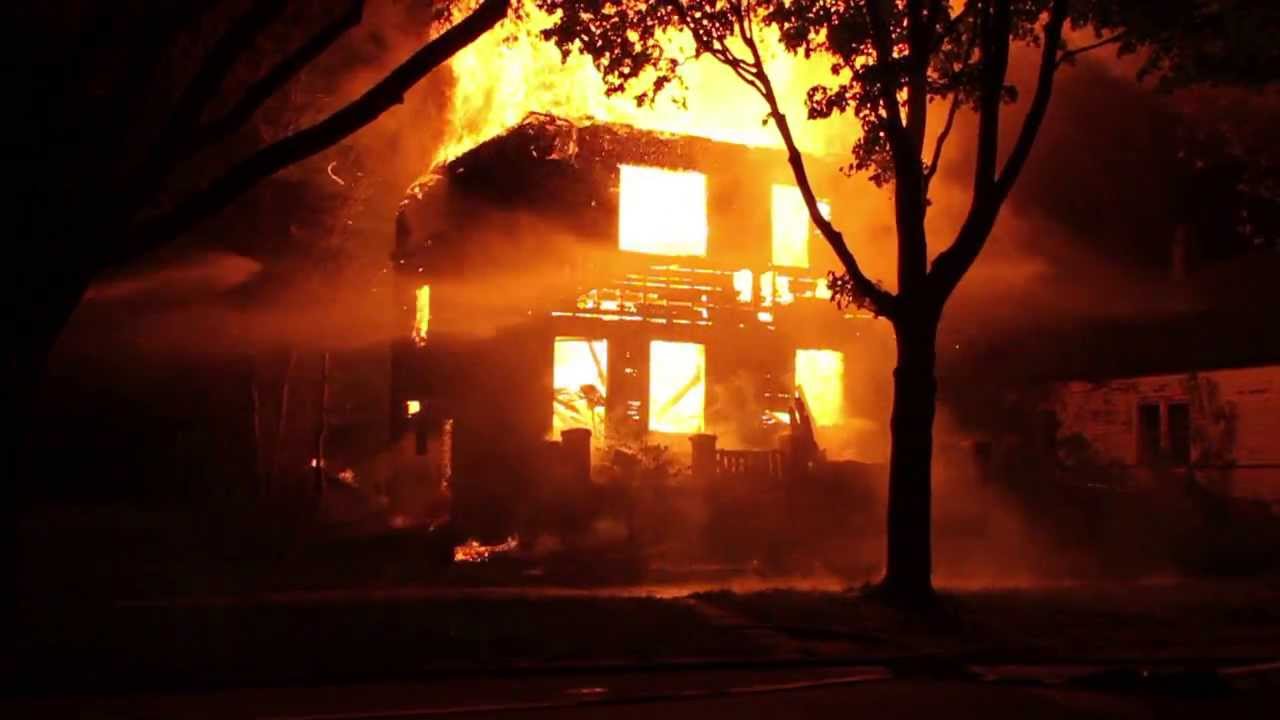 Detroit has been one of the nation’s most fertile fields for arson fires for decades.
Detroit has been one of the nation’s most fertile fields for arson fires for decades.
The problem was brought into sharper focus in a recent report from Loveland Technologies: “Detroit: After the Fire,” which took a look at 1,653 fires that occurred from Jan. 1 to July 31. It found, among other things, that Detroiters are literally burning themselves out of house and home.
According to the Detroit News, the Loveland Technologies report revealed that fires uprooted more than 1,000 residents and will cost the city almost $3 million in demolition costs. And the examination only covered a partial year.
The News conducted a similar investigation earlier this year, which found the vast majority of the 9,000 homes charred by fires of suspicious origin from 2010-13 had not been razed. In essence, blight from arson proliferates at a faster clip than the city can demolish it. And since the 1960s, more homes burned to the ground than were built in any given year.
Since the 1980s, the city put a lot of effort into stemming “Devil’s Night” arsons, which occur on the eve of Halloween. But those efforts have gone up in smoke when matched against stats for the remainder of the year.
There are myriad reasons why Detroit is more prone than almost any other city in the intentional damaging or destruction by fire of its housing stock. And the seriousness of the problem is reflected in not just the causes but in the dire consequences.
Some suspicious fires hide crimes. Some result in murder. Others have a profit motive. Many occur in sections of the city were property values are in steep decline and foreclosures are rampant. There too are real estate investors who buy Detroit houses at low prices, collect rent until the parcel deteriorates beyond repair before deploying arsonists-for-hire.
Unknown-1Some properties are over-insured to the extent that the owner can get far more from an insurance settlement by intentionally torching rather than selling the parcel. Each time a fraudulent arson claim is paid, the cost of insurance goes up, not just for that policyholder, but also for every honest, hard-working policyholder. Coupled with the highest rate of abandonment, Detroit has some of the highest homeowners insurance rates in the country.
In addition to the thousands of unsecured shells of buildings left in its wake, the phenomenon produces a domino affect that accelerates neighborhood decline. Vandals, squatters and drug dealers move into some abandoned structures leading to more abandonment and more arson that requires millions of local, state and federal dollars to eradicate blight.
City officials respond to the alarming spectacle by stating they have a plan, if not the money, to contain the fires. Past and current city administrations have not seen fit to appropriate enough funds in any one year to sufficiently raze burned and abandoned structures, despite the plague effect they create. That only a small percentage of suspicious fires are investigated is an indication that the city doesn’t consider arson a high priority. So whether out of compulsion, malice, fun or profit, those who start fires pretty much have a free rein.
Those who run the city are blowing smoke, fighting fraudulent fires with flaming rhetoric and giving citizens a false sense of security. Beneath the smokescreen is governmental ignorance on how to minimize this pandemic.
There’s no evidence that the city hierarchy has a realistic strategy – or talent — for solving any of the city’s maladies. Arson is merely added to the growing list of unmanageable pathologies in which Detroit merges near or at the top of national trends — murder, carjacking, concentrated poverty, depopulation, failing schools and illiteracy.
That means no relief is in sight for this or other crime elements in the foreseeable future. The problem is simply beyond the containment abilities of the administration of Mayor Mike Duggan or the City Council.